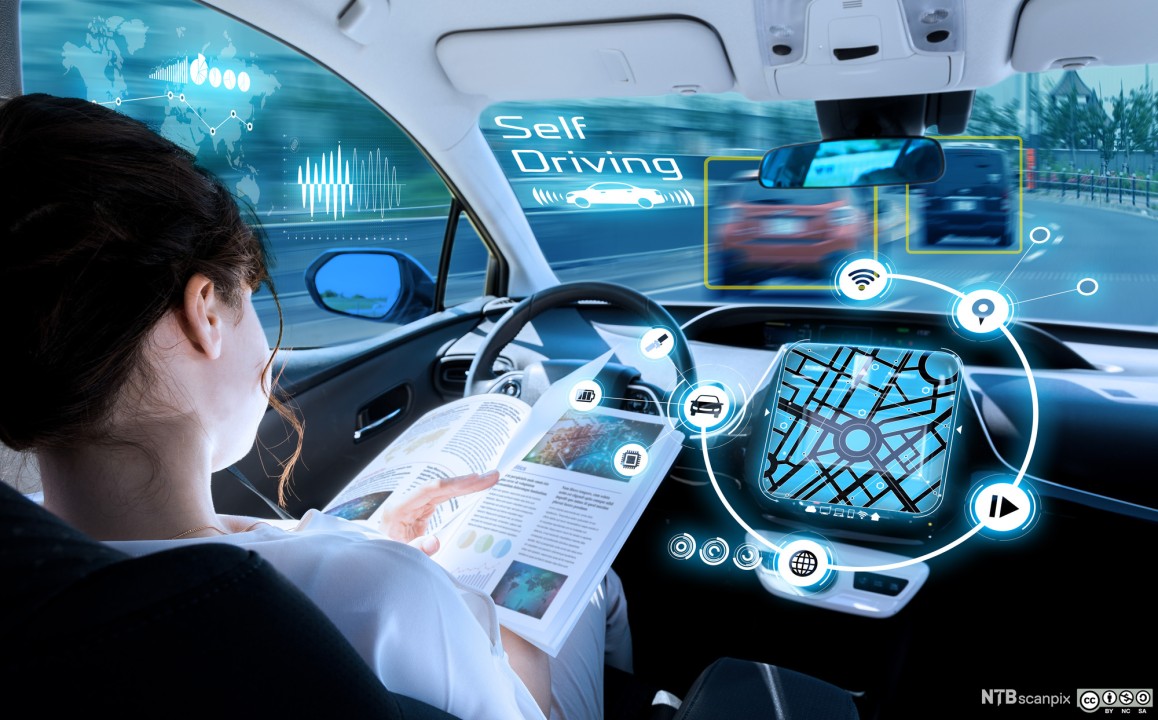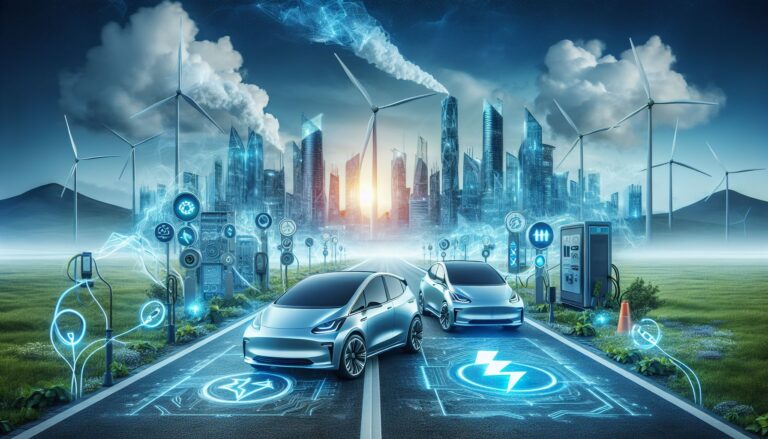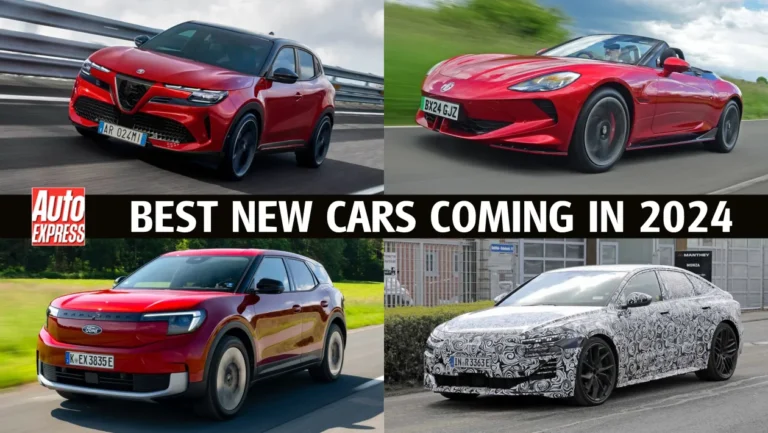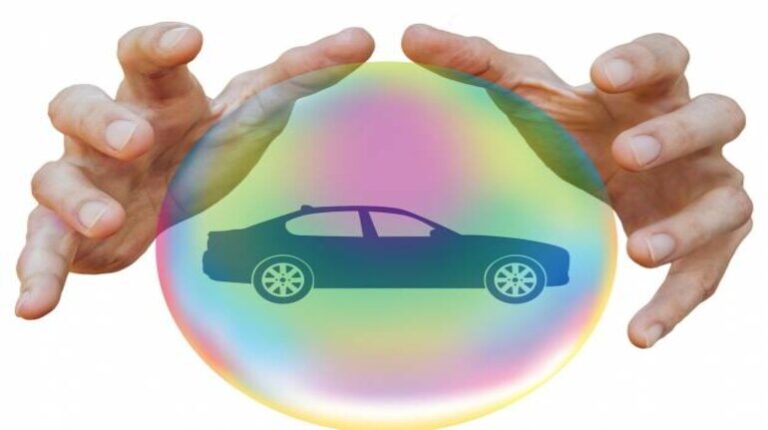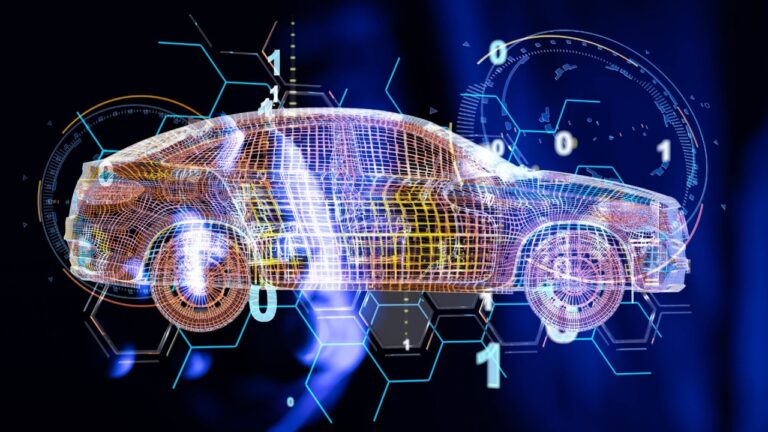How Autonomous Vehicles Are Changing the Driving Experience
Autonomous vehicles, or self-driving cars, are no longer a concept of the distant future; they are becoming a reality today. As technology advances and autonomous driving systems become more sophisticated, they are reshaping the driving experience in profound ways. Here’s how autonomous vehicles are changing the way we drive and interact with our cars.
1. Enhanced Safety
One of the most significant impacts of autonomous vehicles is the potential for improved safety on the roads:
- Reduced Human Error: Autonomous vehicles are designed to minimize accidents caused by human errors such as distracted driving, fatigue, and impaired driving. Advanced sensors and algorithms can detect potential hazards and react faster than a human driver.
- Advanced Safety Features: Features such as automatic braking, lane-keeping assistance, and adaptive cruise control are becoming standard in autonomous vehicles, contributing to a safer driving environment.
2. Increased Convenience
Autonomous vehicles offer a new level of convenience for drivers:
- Hands-Free Driving: With self-driving technology, drivers can relax and let the vehicle handle the driving task. This hands-free experience allows passengers to use travel time more productively or enjoy leisure activities during their journey.
- Reduced Traffic Congestion: Autonomous vehicles can communicate with each other and traffic management systems to optimize driving routes and reduce traffic congestion. This coordination can lead to smoother traffic flow and shorter travel times.
3. Improved Accessibility
Autonomous vehicles are making transportation more accessible to a wider range of people:
- Assistance for Disabled and Elderly: Self-driving technology provides greater mobility for individuals who may have difficulty driving, such as the elderly and disabled. Autonomous vehicles can offer a new level of independence and freedom for those who rely on others for transportation.
- Public Transportation Integration: Autonomous vehicles can be integrated into public transportation systems, offering first-mile and last-mile solutions that improve overall accessibility and connectivity.
4. Redefined Driving Experience
The way we experience driving is evolving with the introduction of autonomous vehicles:
- New Opportunities for In-Car Entertainment: With the driving task being automated, passengers can enjoy in-car entertainment options such as streaming media, gaming, or virtual meetings. The vehicle becomes more of a mobile living space rather than just a mode of transportation.
- Customized Driving Preferences: Autonomous vehicles can be programmed to match individual driving preferences, such as preferred routes, speed, and driving style. This personalization enhances the overall driving experience.
5. Economic and Environmental Impact
The widespread adoption of autonomous vehicles could have significant economic and environmental effects:
- Cost Savings: Autonomous vehicles can reduce costs associated with human drivers, including salaries and training. Additionally, they may lower insurance premiums due to decreased accident rates.
- Environmental Benefits: By optimizing driving patterns and reducing traffic congestion, autonomous vehicles have the potential to decrease fuel consumption and emissions, contributing to a more sustainable transportation system.
6. Challenges and Considerations
Despite the benefits, there are challenges and considerations associated with autonomous vehicles:
- Regulatory and Ethical Issues: The deployment of autonomous vehicles raises regulatory and ethical questions, such as liability in case of accidents and the need for standardized regulations across different regions.
- Technology and Infrastructure: Ensuring that autonomous vehicles can operate safely in diverse environments requires continuous advancements in technology and infrastructure, including road conditions and communication systems.
Conclusion
Autonomous vehicles are transforming the driving experience in ways that extend beyond just the act of driving. From enhanced safety and convenience to increased accessibility and potential environmental benefits, self-driving technology is reshaping our relationship with transportation. As the technology continues to evolve, it will bring new opportunities and challenges, but the future of driving looks set to be more innovative and interconnected than ever before.
